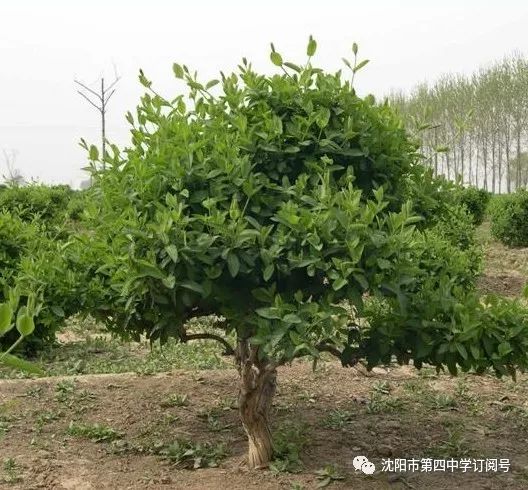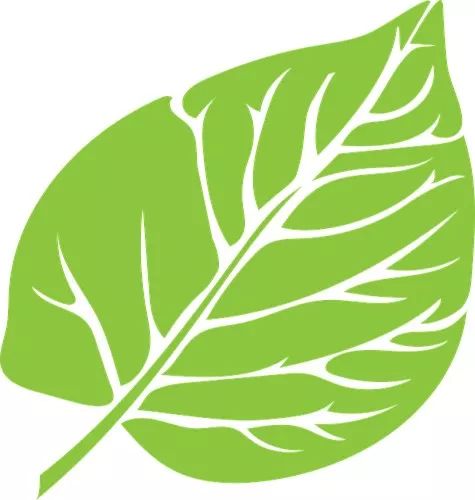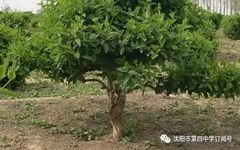
Honeysuckle, also known as Rén Dōng (忍冬) (scientific name: Lonicera japonica), is a flowering plant. The name “Honeysuckle” originates from the Compendium of Materia Medica (本草纲目), as the flowers initially bloom white and later turn yellow, hence the name. The medicinal material honeysuckle consists of the dried flower buds or flowers of the Caprifoliaceae family, specifically the Lonicera genus.
Honeysuckle flowers bloom in March, with five petals, emitting a faint fragrance. The flower buds are red at the base, and when they first open, they are white, turning yellow after one or two days, which is why it is called Honeysuckle. Additionally, the flowers grow in pairs, resembling a couple, which is why it is also referred to as Yuān Yāng Téng (鸳鸯藤) (Mandarin Duck Vine). It is distributed across various provinces in China, as well as in Korea and Japan. In North America, it has become a troublesome weed. The main cultivation areas for honeysuckle are concentrated in Shandong, Shaanxi, Henan, Hebei, Hubei, Jiangxi, and Guangdong.

Long press to identify the QR code and follow us




